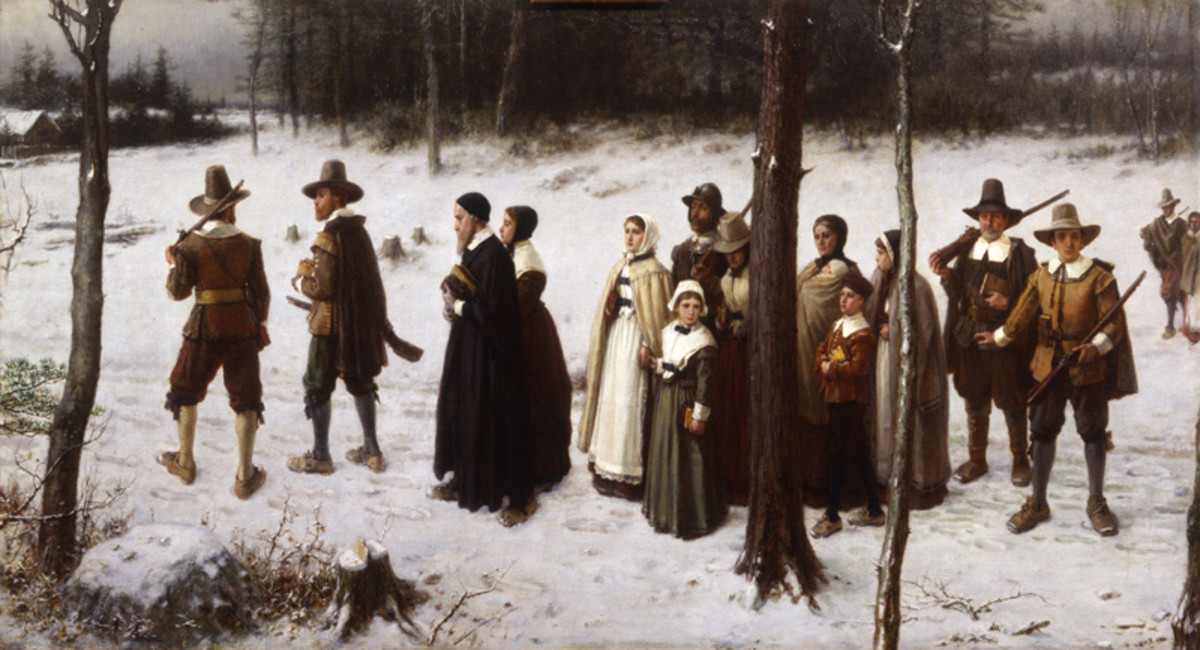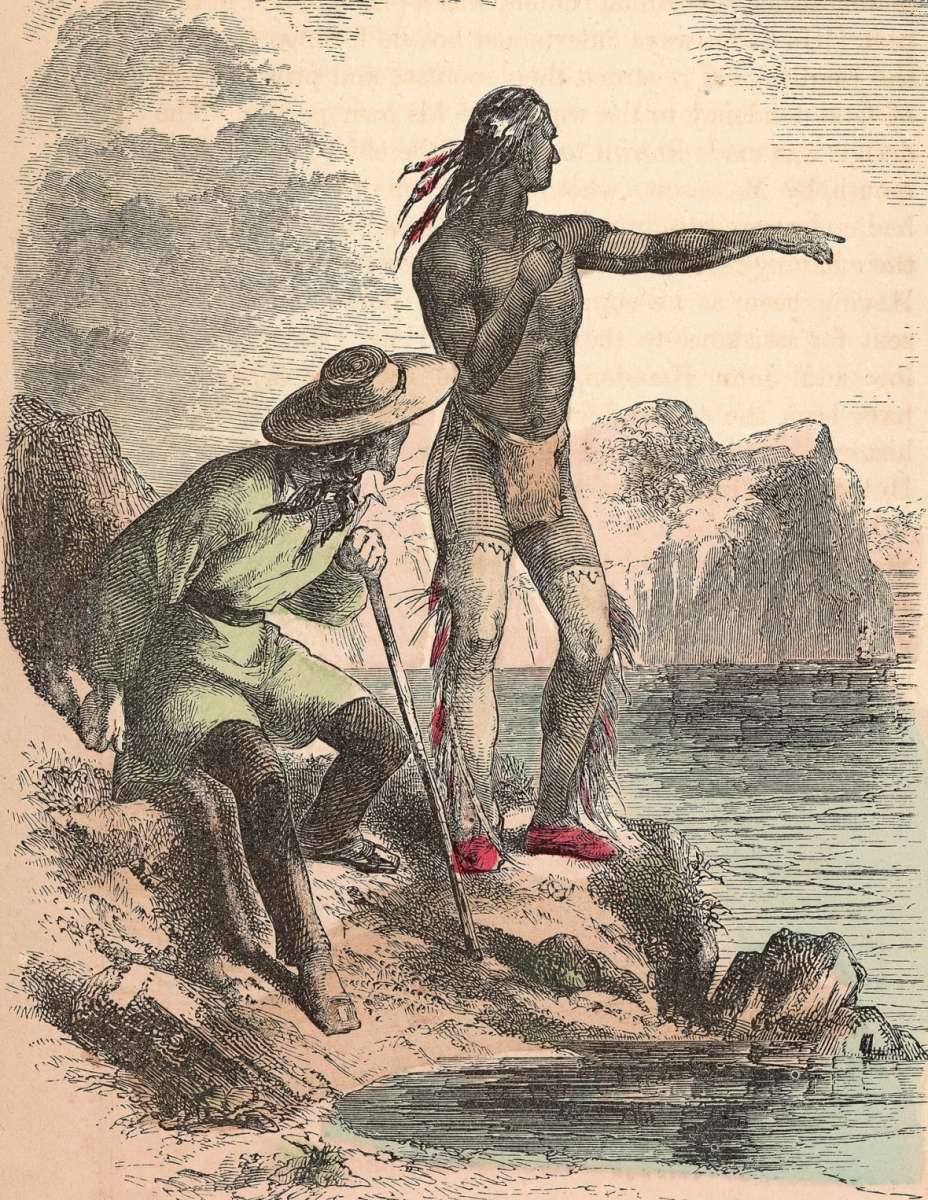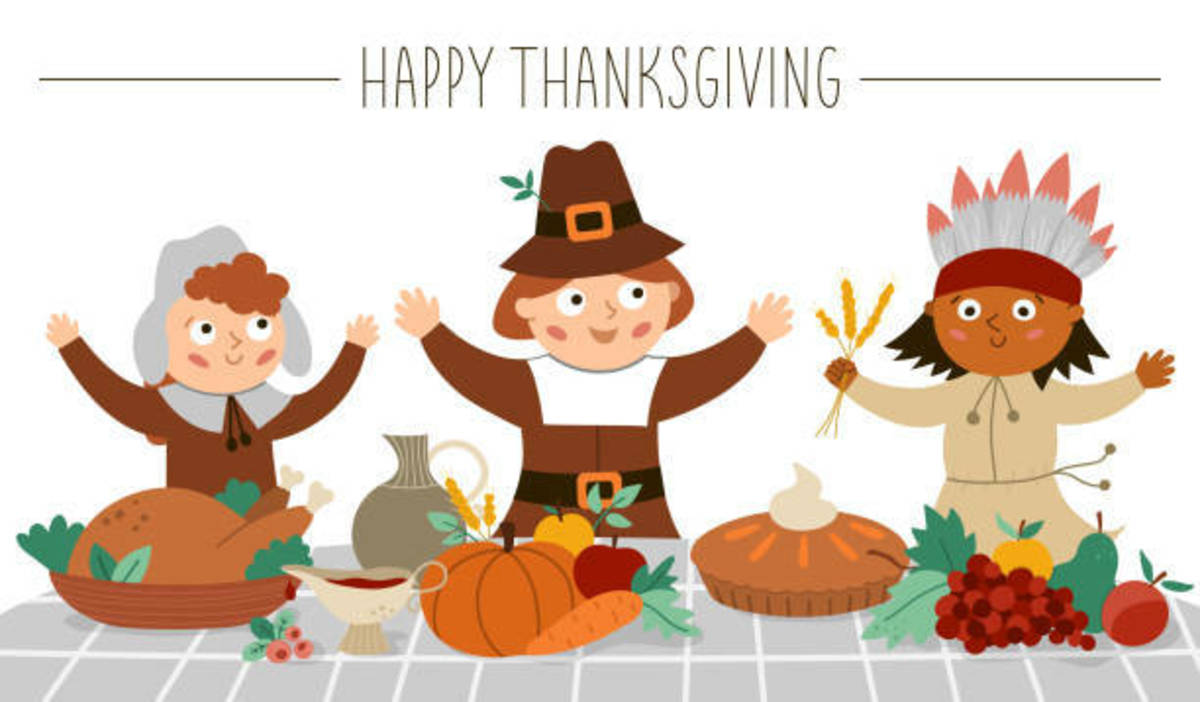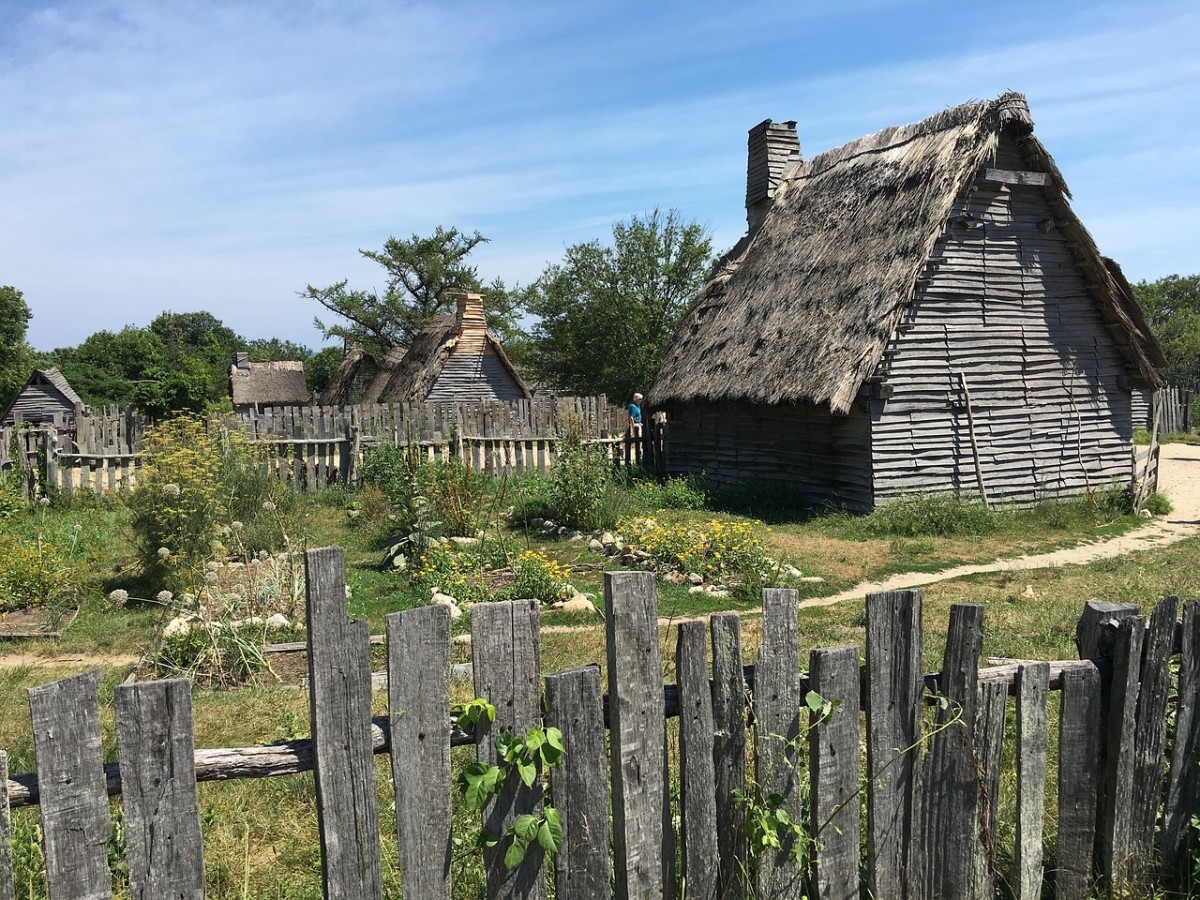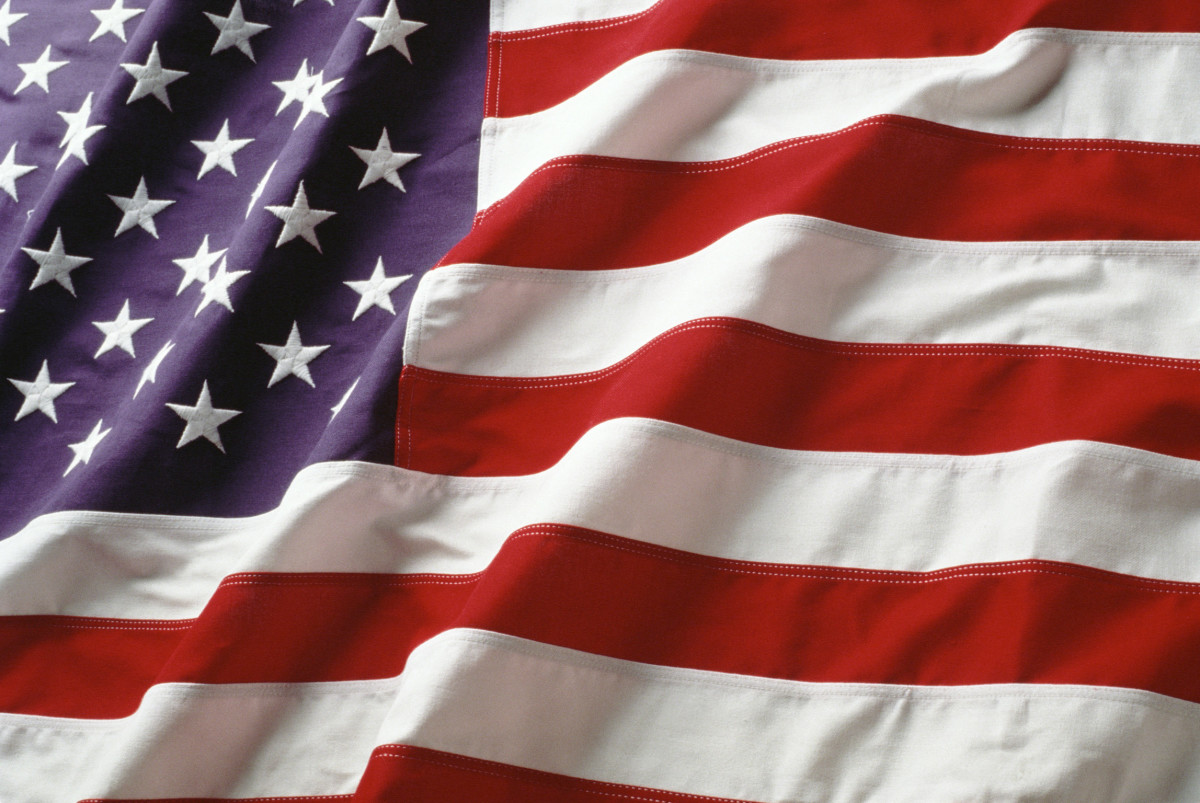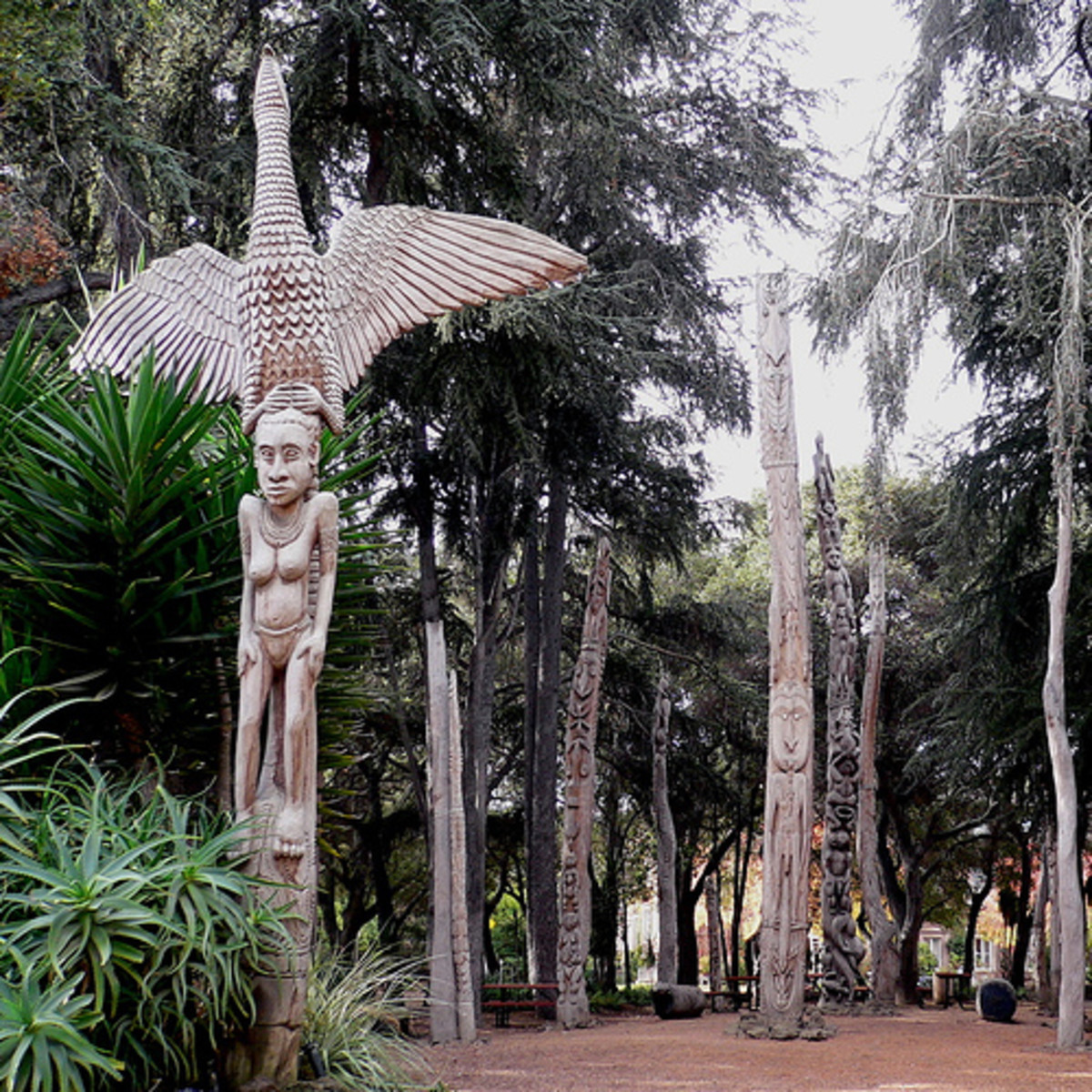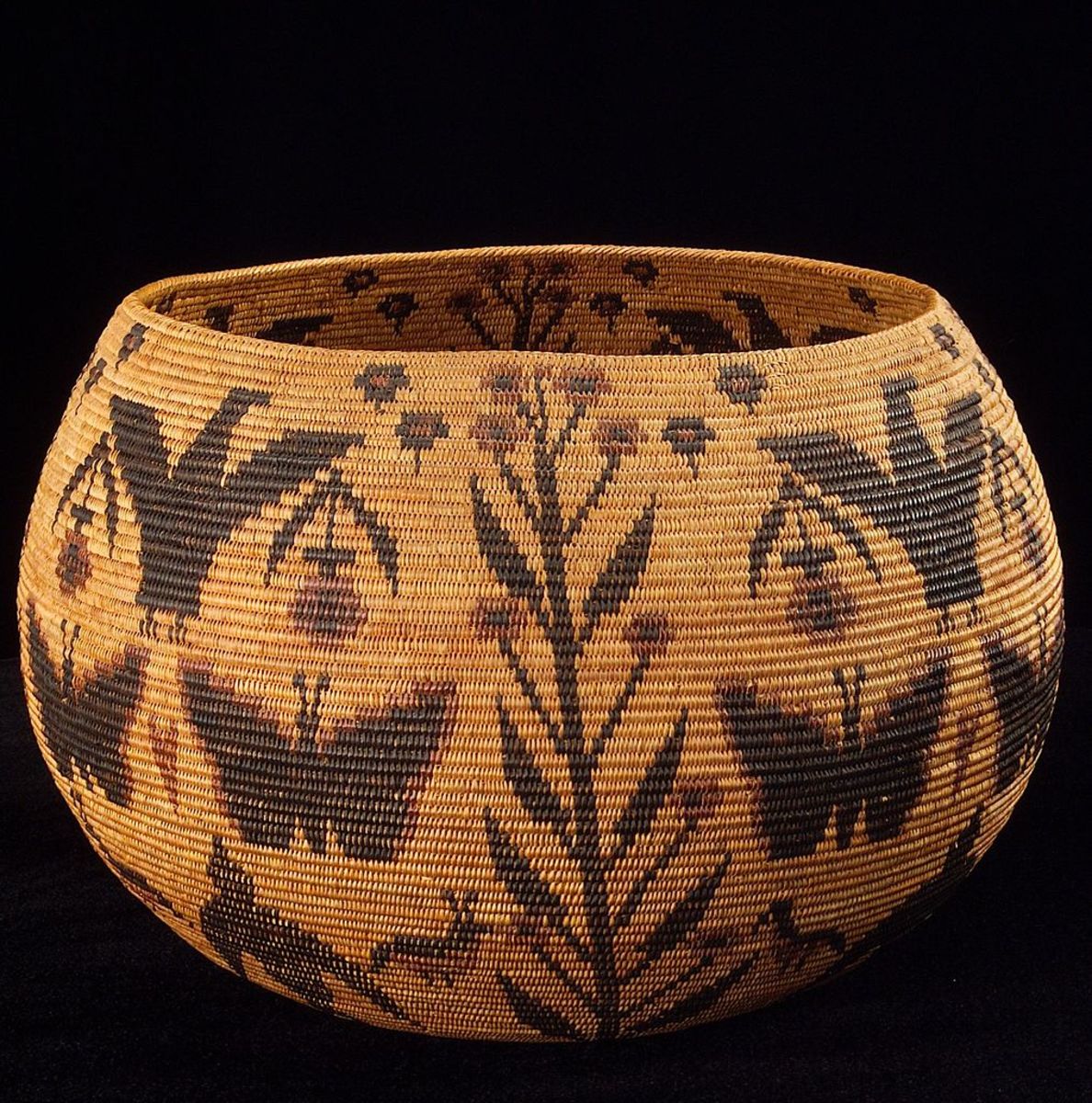- HubPages»
- Education and Science»
- History & Archaeology»
- History of the Americas
America, A Nation Blessed by God? Part Three
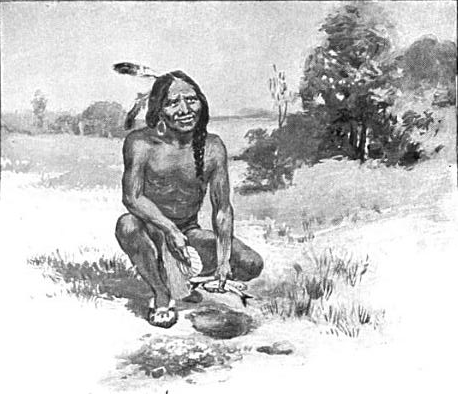
The Mayflower and Thankgiving, 1621
In 1614 a Pawtuxet Indian named Tisquantum (or Squanto) was captured and sold into slavery in Spain. He was freed by Spanish priests and he made his way to England, living with John Slaney, the treasurer of the Newfoundland Company. He hired Tisquantum, probably as an interpreter and guide, and sent him to Newfoundland to work with Captain John Mason, the governor of the Newfoundland Colony. After a brief return to England, he and John Dermer, who was employed by the New England Company, headed for New England. Arriving at his Massachusetts Bay village, he found it deserted. A plague, probably tuberculosis or smallpox, had wiped out the village a year earlier. There was nothing left but a field of bones.
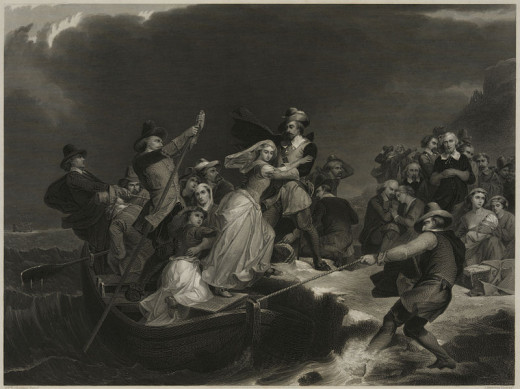
Back in England, a group of Christians wished to separate from the Church of England. However, separation from the church was forbidden, and many were persecuted and sent to prison. Between 1607 and 1608 they moved from England to Holland but after ten years there was concern over the danger of war with Spain, the low wages, and the fact that their children’s way of life was changing. They returned to England and on September 16, 1620 they sailed for America.
In December, 1620 the Pilgrims landed at Tisquantum’s deserted village. The English renamed it Plymouth. The first winter was rough and sickness and starvation reduced the number from 100 to 50 colonists. No Indians came forward, nor could any be found. That spring they were welcomed by an Indian named Samoset, who greeted them with the word “Welcome.” Samoset had learned broken English from English fishermen.
Samoset went to the Wampanoag leader, Massasoit, and told him about the Pilgrims, and they headed back to Plymouth. Samoset and Tisquantum went ahead. Massasoit negotiated a treaty with the Pilgrims for peace and mutual protection. Their rivals to the west, the Narragansett, were untouched by the various diseases, and the Massasoit needed the Pilgrims for protection. Because the Pilgrims had arrived with their women and children the Indians assumed that they had come in peace and didn’t pose a threat.
Tisquantum began teaching the Pilgrims where to plant their crops and how to fish. That fall twenty acres of corn was ready for harvest. Tisquantum told them of the Indian annual custom of thanksgiving and this was quickly embraced by the Pilgrims. Massasoit and 90 Wampanoag arrived, bringing with them five deer. The celebration in 1621 lasted three days and nights.
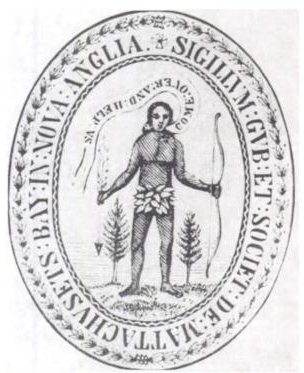
Puritan Growth
Unknown to the Indians, Charles 1 had given the English a charter and the New England Company was reorganized into the Massachusetts Bay Company. In March of 1630 1,000 Puritans left England for Massachusetts in 11 vessels. Among the passengers was Massachusetts Bay Company governor John Winthrop. They believed it was God’s work that they were doing and they were going to the Promised Land. Naturally, none of this could be proven from Scripture, but that failed to stop them.
Winthrop warned them,
“Now if the Lord shall please to heare us, and bring us in peace to the place we desire, then hath hee ratified this covenant and sealed our Commission, and will expect a strict performance of the articles contained in it; but if we shall neglect the observance of these articles which are the ends wee have propounded, and, dissembling with our God, shall fail to embrace this present world and prosecute our carnall intentions seeking greate things for ourselves and our posterity, the Lord will surely breake out in wrath against us; be revenged of such a people and make us knowe the price of the breache of such a covenant.”
Between 1630-40 more than 18,000 Englishmen, mostly Puritans, came to New England, with others settling in Virginia and Maryland. The Puritans never repudiated their ties with the Church of England, whereas the Pilgrims did sever those ties.
In general, the Puritans did not treat the Indians well. They were convinced that God considered them a special, chosen people, just as He had dealt with Israel in the Old Testament.
Puritan churches introduced the Half-way Covenant, for baptized children who had not had a conversion experience. There were people who were subject to the church’s government but couldn’t receive the Lord’s Supper or vote on church members but could have their children baptized. By 1692 80 percent of New England’s churches had adopted the Half-way Covenant, according to Robert G. Pope. The result of this policy was a watering down of the church. There were more members but fewer and fewer of them were practicing Christians.
One of the goals of the Puritans was supposed to be to evangelize the Indians. However, there didn’t seem to be much interest in it. Puritans often looked upon Indians with pity and sometimes outright hostility. While they considered Indians to be human, they were inferior to Europeans. G. E. Thomas wrote that “no matter how hard the Puritan tried to transform the Indian or how completely the Indian conformed, the cause was ultimately hopeless because the Indian could never become white.”
This, of course, was pure prejudice on the part of the Puritans. While there was nothing wrong with the Puritans trying to evangelize the Indians, abandonment of Indian beliefs had to be voluntary. To say you have to abandon this or that to be Christian is abandoning grace and replacing it with the law. Instead, the Spirit of God should be allowed to work, and if the conversion is genuine they will, of their own accord, begin abandoning those things God deems to be wrong.
Some, like John Elliot, thought the natives were actually scattered members of the ten tribes of Israel. Missionary work resulted in the creation of fourteen “praying towns.” They were made up of Christianized Indians who were taught to live as Englishmen. About 1,100 Indians were involved prior to the Indian uprisings of the 1670s but it’s impossible to determine how many conversions were genuine. After King Philip’s War, which we will read about later, the feelings of the Puritans towards the Indians turned ugly and these Indians were herded onto a Boston island for their own protection.
There were some similarities between the Puritans and the Indians in that they believed in sharing with one another, the communal spirit, and so on. However, in time capitalism, with its inevitable greed and quest for money, would squelch many of those feelings.
The Puritans didn’t believe in equality. They felt that inequality was necessary to hold society together. Some Puritans had slaves – others rejected that idea. In Massachusetts preacher Cotton Mather was in favour of slavery and taught that baptizing someone didn’t wash away slavery. He taught that Christianized slaves were more docile and productive than their non-Christian counterparts.
New England Blacks had greater opportunity for justice than in some of the other English colonies. Blacks in Massachusetts had access to legal counsel and could testify in court against Whites. They could also appeal decisions made against them. Some Blacks were free and some were rich. Those who were slaves were usually house servants rather than field workers.
Indians were treated worse by the Puritans than Blacks were. Indians who converted to Christianity weren’t trusted by other natives. At the same time, they didn’t receive full acceptance into Puritan society. Indians had no legal rights whatsoever and complaints by Indians were rejected. In 1637 war broke out as a Puritan response to the killing of a Puritan exile. Major John Mason set fire to one of the Pequot their villages, burning 500-600 of them to death. With their distorted view of God, the Puritans viewed such victories as coming from the hand of God.
There is a tendency among many Christians to push analogies too far. In this case the Puritans’ considered themselves a New Israel in the Promised Land. When the analogy between Old Testament Israel and the Puritan experience was pushed far enough, the Indians became the pagan Canaanites whom the Lord ordered destroyed for standing in the way of his program for his people. Thought at one time by many to be the lost tribes of Israel, now the attitude changed to the Indians being the heathen.
Land was granted in Puritan towns in accord with financial status, with the wealthier receiving more and better land. Seating arrangement in most churches was according to social ranking. They apparently forgot about Jesus’ lesson in Mark 12:38-39:
“Jesus went on to teach them. He said, `Take care. Do not let the scribes fool you by the way they do things. They like to walk about with long gowns. They want people to greet them in the market. They want to sit in the front seats in the meeting houses. They want to sit in the best places at feasts.”
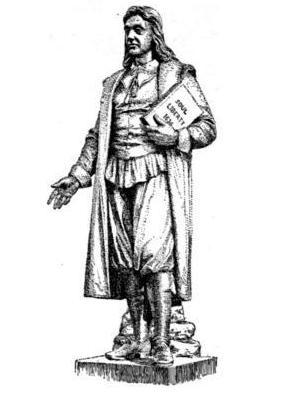
As explained earlier, communalism was important in that day and the physical layout of a town leant itself to communal living. In the center of each town was the meeting house. It would be used for church and community business. Conservative land distribution policies were enacted, partly to provide for future needs, but also to preserve close physical proximity and a sense of community. The men devoted a certain amount of time to the community, working on roads, fences, etc. Much of what they deemed important when it came to community had been followed for centuries by the Indians. The greed of capitalism was destined to change that.
The communal ideal didn’t last because not everyone was willing to put aside their own desires for the betterment of the community. You can’t found a society based on Christian love when not all are Christians.
As Christians, the Puritans knew that wealth could be a temptation and seeking wealth for one’s own use was condemned. This view changed in later generations and poverty was thought of as being a curse. You can see this view being propounded in today’s television evangelists. In first generation Puritanism the rich were urged to sacrifice to look after the poor, but the giving wasn’t to be for selfish reasons.
A few saw the errors regarding the takeover of a land that belonged to the Indians. Anglican minister Roger Williams, came to Massachusetts in 1631. He believed that because it didn’t recognize the rights of the Indians, the charter granted to Massachusetts by the king was invalid. He also denounced the idea that New England was special in God’s eyes.

